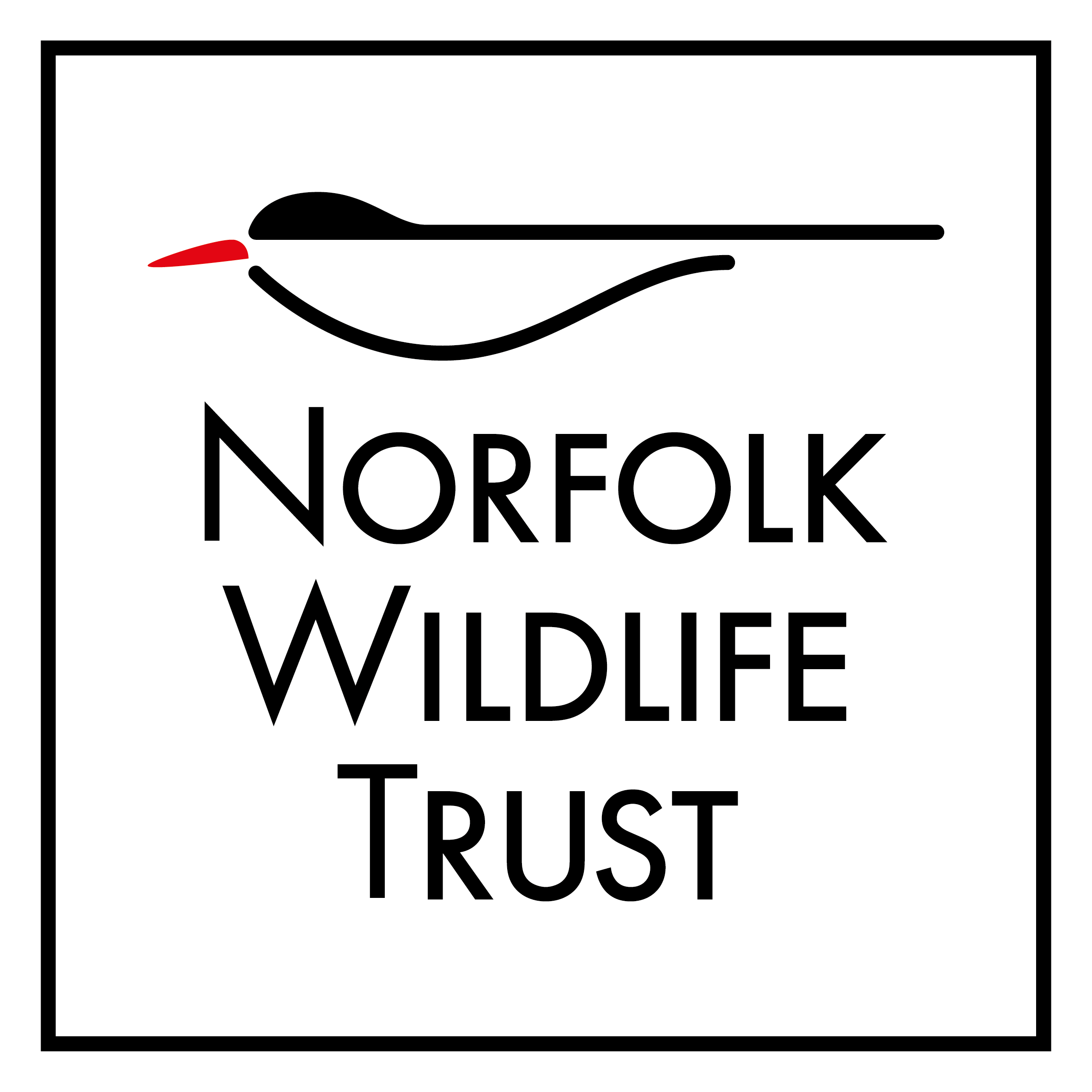Search
Search
Family events
Plants and fungi FAQs
Common knapweed
The tightly packed, thistle-like purple flower heads of common knapweed bloom on all kinds of grasslands. Also regularly called black knapweed, this plant attracts clouds of butterflies.
Common cotton-grass
The fluffy, white heads of common cotton-grass dot our brown, boggy moors and heaths as if a giant bag of cotton wool balls has been thrown across the landscape!
Common couch
Common couch is a tall, tuft-forming grass of roadside verges, waste ground and arable land. It is very tough and can shade out more delicate plants. Look for flat, blade-like leaves and thin…
Common sorrel
Common sorrel is a common plant of grasslands, woodland edges, roadside verges and gardens. It is also known as 'sour ducks' because its leaves taste tart.
Booton Common
A natural treasure trove of wildlife and rare plants, Booton Common lies in a tributary valley of the River Wensum, close to the town of Reepham.
Common centaury
A low-growing plant of sand dunes, heaths and grassy places, Common centaury is in bloom over summer. Look for clusters of pretty, pink, five-petalled flowers.
Common daisy
He loves me, he loves me not' is a familiar rhyme associated with what is probably our most well-known plant: the common daisy. Its white-and-yellow flower heads brighten up lawns, verges and…
Common whitebeam
Common whitebeam is not a common tree, despite its name. It can be found growing wild in a variety of habitats, but is also planted in towns and gardens. Look for shiny, oval leaves with white…
Common chickweed
Look for the small, white, star-shaped flowers of Common chickweed all year-round. Sometimes considered a 'weed', it is still a valuable food source for insects.
